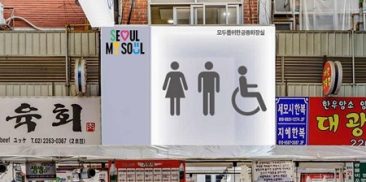今日影片
-
A Place for Modern Industrial Education: The Historical Record Archives of Korea National Open University
-
今日影片 報名日期作者SMG 观看次数2,797
In the northeast area of Gyeongseong (as Seoul was known during Japanese Colonial rule), the National Industrial Institute, the first public school in Korea, was established in 1907. Japan pushed ahead with its plan to set up a two-year industrial school that would be separate from the existing four-year agricultural-commercial-industrial school, after curbing higher education for Koreans and secured the land in the most underdeveloped region in Gyeongseong to build a school and train highly-skilled workers. In 1912, Japan constructed a new building to serve as the Central Research Laboratory, where studies and researches on various industries would be carried out, and even built the three-year Gyeongseong Industrial College in 1916. Later, the Korean peninsula was liberated from Japan and endured the Korean War, which resulted in the destruction of the buildings. Only one building, incorrectly identified as the National Industrial Institute, remains intact. The building was mistaken for the National Industrial Institute because it was built with the same wooden architecture method as the National Industrial Institute. However, Ju Sang-hun, PhD of Architecture at Seoul National University, through a review of the geostrophic drawing of the Central Research Laboratory area, written in 1912, discovered that this building had been the Central Research Laboratory. The Central Research Laboratory is now the only western-style wooden building that is still standing. Therefore, the discovery of its mistaken identity is one of the important discoveries in Korea’s modern architecture history.







